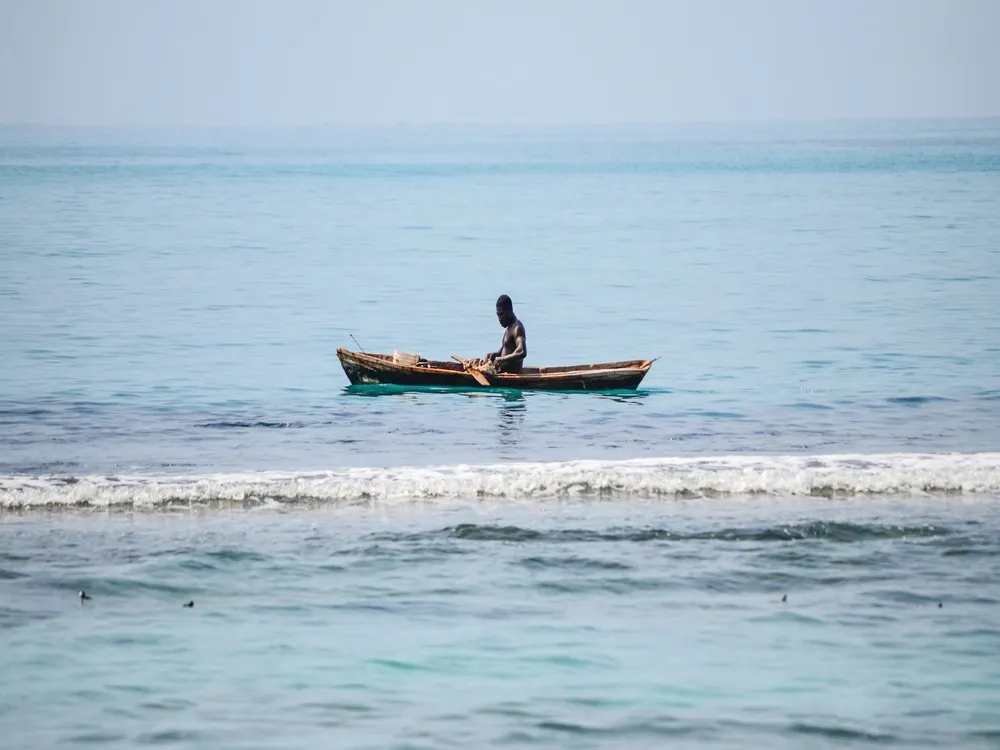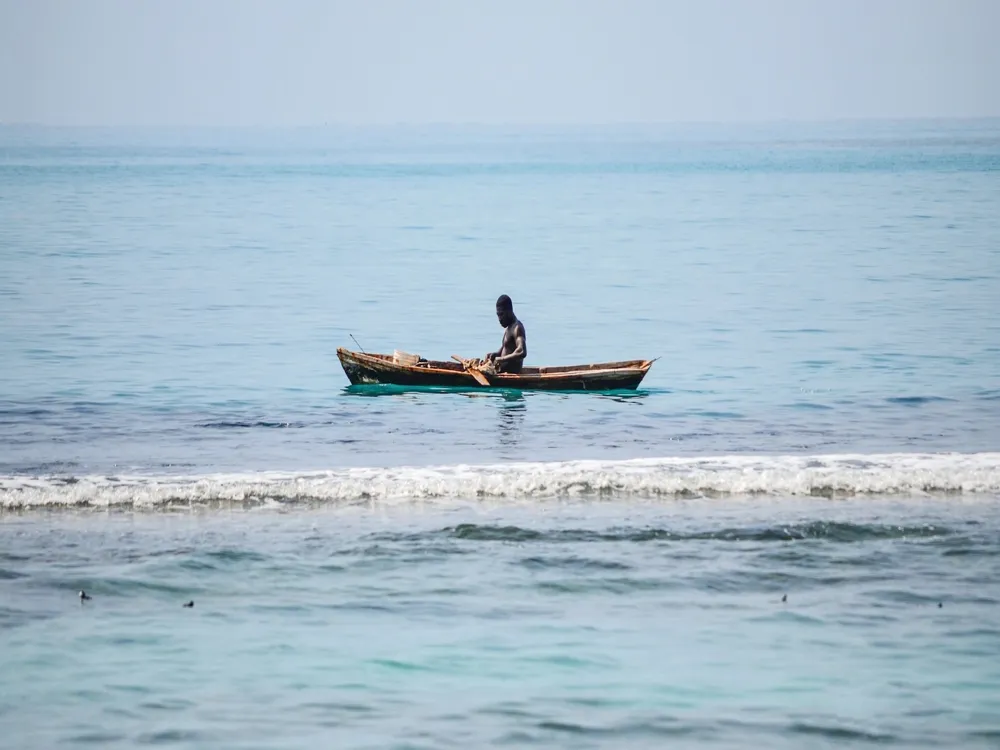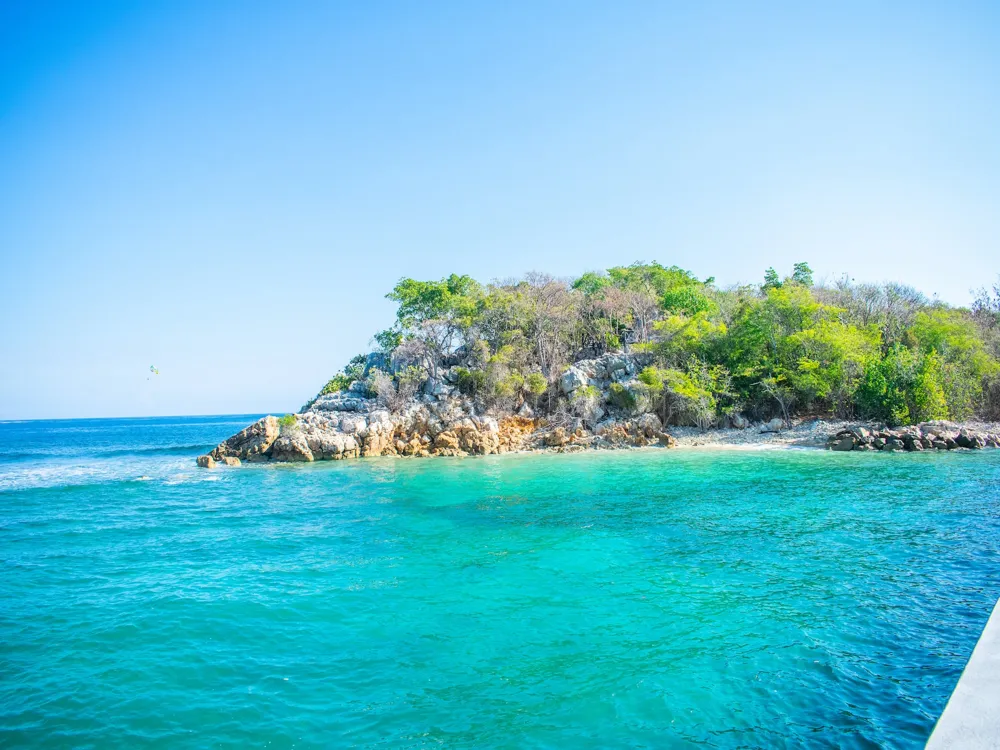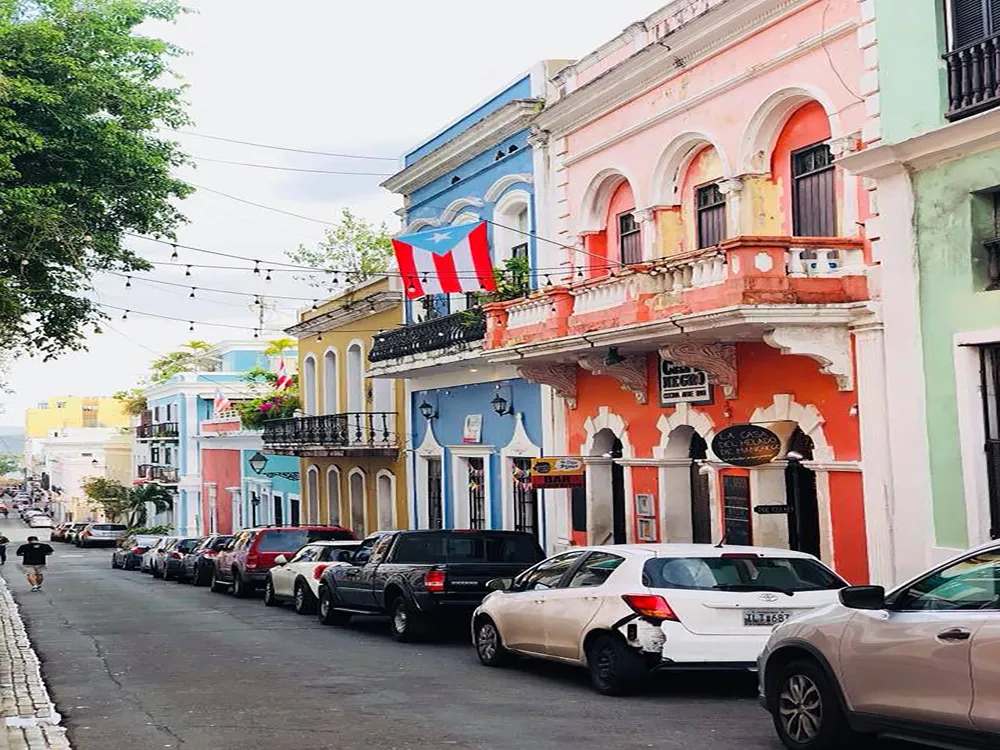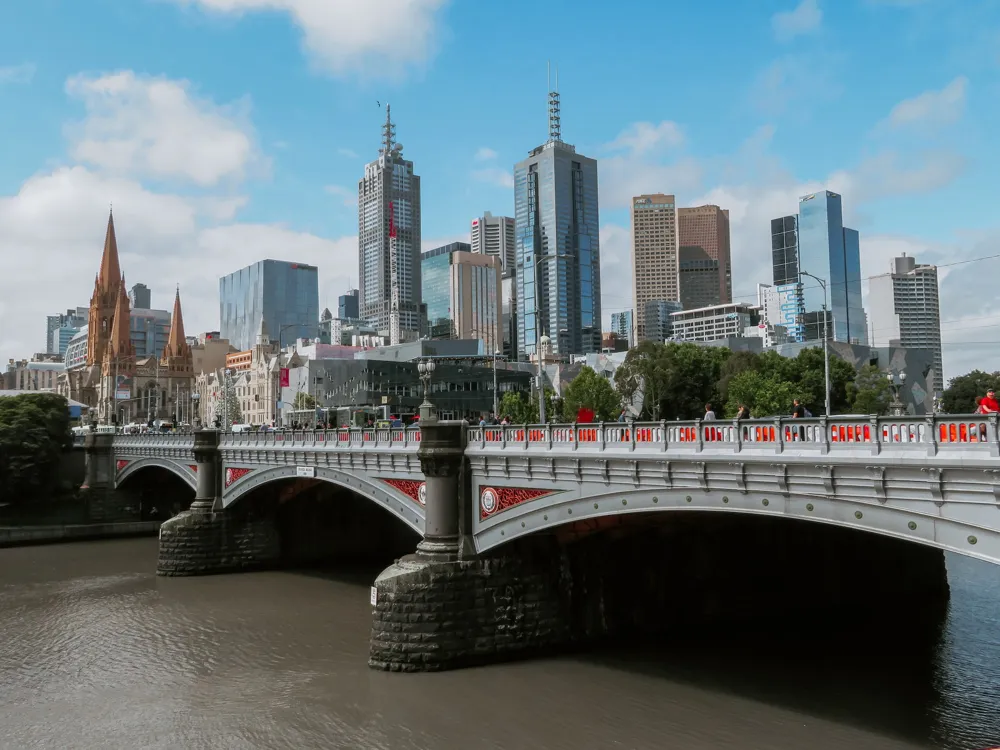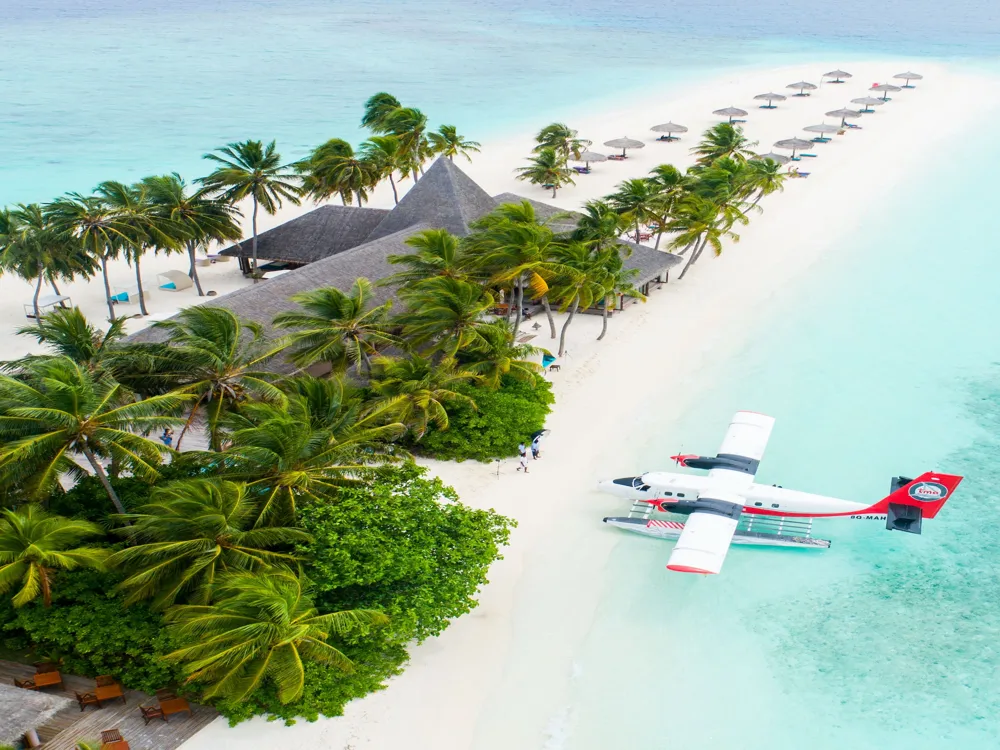Haiti, a Caribbean nation sharing the island of Hispaniola with the Dominican Republic, is a land steeped in history and culture. With a past intertwined with colonialism, revolution, and resilience, Haiti's journey is a tapestry of diverse influences. Its rich heritage is mirrored in its vibrant art, music, and festivals, embodying the spirit of its people. The natural beauty of Haiti, from its sun-kissed beaches to its mountainous landscapes, adds to its allure. Despite facing challenges like poverty and natural disasters, Haiti's enduring spirit and cultural richness make it a unique and compelling destination.
Haiti's history is marked by a remarkable event: the Haitian Revolution. This was a successful anti-slavery and anti-colonial insurrection by self-liberated slaves against French colonial rule in Saint-Domingue, now Haiti. The revolution, which lasted from 1791 until 1804, led to the establishment of Haiti as the first independent black republic and the second independent nation in the Americas after the United States. This revolution had significant impacts on the abolishment of slavery and set a precedent for human rights and equality.
Haiti's geography is diverse, encompassing mountains, valleys, and coastal plains. The country has a tropical climate, with some variation depending on altitude. The northern region experiences rain throughout the year, while the southern part has a more distinct dry season. This climatic diversity contributes to Haiti's rich biodiversity, including unique flora and fauna. The country is also prone to natural disasters, such as earthquakes and hurricanes, which have shaped its history and development.
Haitian culture is a blend of African, Taino, and European elements, reflecting its colonial history and the diverse origins of its people. Creole and French are the official languages, symbolizing the melding of cultures. Haiti is renowned for its art, music, and literature, with vibrant paintings, spirited rhythms like Compas and Rara, and a rich literary tradition. Community and family play a central role in Haitian society, emphasizing strong bonds and collective resilience.
The population of Haiti is predominantly of African descent, with a small minority of mixed and European descent. The country has a young population, with a significant portion under the age of 25. This demographic profile presents both challenges and opportunities for the nation in terms of education, employment, and social development.
Haiti's economy faces various challenges, including poverty, lack of infrastructure, and political instability. Agriculture is a significant sector, with coffee, mangoes, and sugarcane among the primary exports. The country also has a growing manufacturing sector, particularly in textiles. Remittances from the Haitian diaspora are a crucial source of income, reflecting the strong connections between Haitians at home and abroad.
The architecture of Haiti is a vivid reflection of its historical and cultural journey. From colonial era edifices to modern-day structures, the nation's architecture tells a story of resilience, creativity, and adaptation. Haitian architecture is not just about the design of buildings; it's a narrative of the people, their struggles, and their triumphs. This architectural diversity, influenced by various cultural and historical factors, contributes to Haiti's unique identity.
The influence of French colonialism is evident in Haiti's older architecture. Key features include wrought iron balconies, courtyards, and brightly colored facades. Cities like Cap-Haïtien and Jacmel are examples where this style is prominent. These structures not only represent the aesthetic preferences of the time but also the social and economic conditions of colonial Haiti.
In rural areas, traditional Haitian houses, known as 'Kay Pay', are common. Made from local materials like wood, mud, and thatch, these houses are adapted to the tropical climate and are often painted in vibrant colors. This style reflects the resourcefulness and creativity of the rural population, showcasing their ability to create functional and aesthetically pleasing homes with limited resources.
In recent years, Haiti has seen a blend of modern and contemporary architectural styles, especially in urban areas. New construction techniques and materials, such as concrete and steel, are being utilized. This shift reflects Haiti's evolving socio-economic landscape and the influence of globalization. However, challenges such as urban planning and disaster-resilient construction remain critical in this development.
Religion in Haiti, predominantly Christianity mixed with elements of Vodou, has also influenced its architecture. Churches and cathedrals, often grand and elaborately designed, are focal points in many communities. These religious structures are not just places of worship but also serve as cultural and social hubs.
Given Haiti's vulnerability to natural disasters, there is a growing focus on sustainable and resilient architecture. Efforts are being made to incorporate earthquake and hurricane-resistant features in new constructions. This approach is crucial in protecting lives and preserving the architectural heritage of the nation.
Respect local customs and traditions. Greetings are important in Haitian culture, so a polite 'bonjour' or 'bonswa' goes a long way. Dress modestly, especially when visiting rural areas or religious sites.
Stay informed about the local situation, as areas can be prone to political unrest. Avoid traveling alone at night and keep valuables secure. It's advisable to have a local guide or contact.
Vaccinations for diseases like Hepatitis A and Typhoid are recommended. Drink bottled or purified water and be cautious with street food to avoid foodborne illnesses.
While French and Haitian Creole are the official languages, not everyone speaks English. Learning a few basic phrases in Creole can enhance your interaction with locals.
Public transportation is available but can be unpredictable. Rental cars or taxis are recommended for convenience and safety. Be aware of the road conditions, as they can vary greatly.
Haiti is accessible by air and sea. The main international airport is Toussaint Louverture International Airport in Port-au-Prince. Major airlines offer flights to Haiti from various parts of the world. For sea travel, there are cruise lines that include Haiti as a destination, particularly Labadee, a private resort leased by a cruise line. Overland travel from the Dominican Republic is also possible, with bus services connecting major cities in both countries.
Overview of Haiti
Historical Background
Geography and Climate
Culture and Society
Demographics
Economy
Architecture of Haiti
Colonial Architecture
Traditional Rural Architecture
Modern and Contemporary Architecture
Influence of Religion on Architecture
Architectural Response to Natural Disasters
Tips When Visiting Haiti
Understanding Cultural Norms
Safety Precautions
Health Considerations
Language and Communication
Transportation Tips
How To Reach Haiti
Jacmel
Haiti
NaN onwards
View haiti Packages
Haiti Travel Packages
View All Packages For Haiti
Top Hotel Collections for Haiti

Private Pool

Luxury Hotels

5-Star Hotels

Pet Friendly
Top Hotels Near Haiti
Other Top Ranking Places In Haiti
View All Places To Visit In haiti
View haiti Packages
Haiti Travel Packages
View All Packages For Haiti
Top Hotel Collections for Haiti

Private Pool

Luxury Hotels

5-Star Hotels

Pet Friendly







